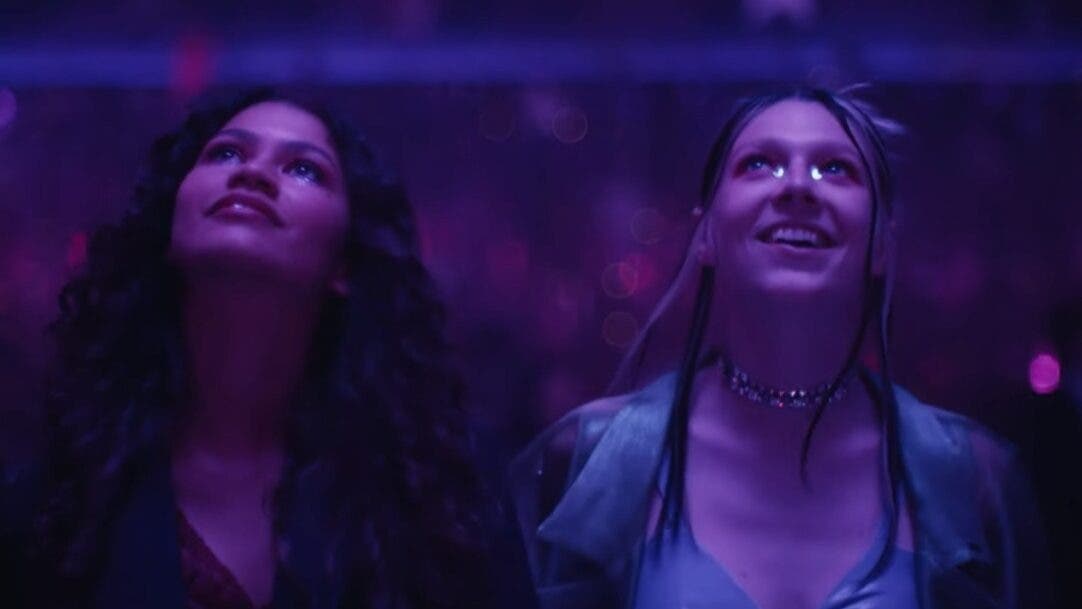Table of Contents Show
Euphoria made a shimmering splash in both the television and pop culture world when it premiered on HBO in 2019. The story of teenage addict Rue Bennett, portrayed by the Emmy-award-winning Zendaya, and her friends struggling with love, life, and everything in between quickly garnered praise from critics and fans alike. Many heralded the show as a raw look at high school life and the struggles teenagers go through, both at home and at school. Many teens saw themselves in the characters, and for those who didn’t, the show’s entertainment value was enough to keep them watching week after week.
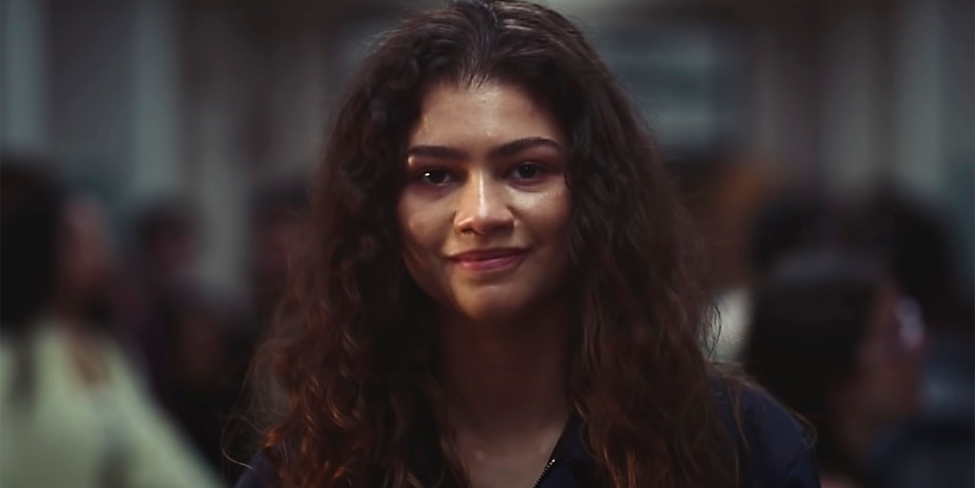
By the time season two came to a close in early March, over six million people tuned in to watch the finale, the same total amount of viewers season one had total. It became impossible to go on social media without seeing posts about Rue, Jules, Maddy, and the rest of Euphoria’s characters. In fact, it has already become the most tweeted about show of 2022, with a record thirty million tweets sent into the digital world by the end of February. (This doesn’t even include numbers from the finale.) Through the shimmering makeup and shaking sobs of the characters, season two of Euphoria appeared to have done the impossible — it brought social media together.
A Brief History Of Communal Watching
Communal watching in the modern digital age contains an extra layer decades before never had. Back in the twentieth century, millions of people watching the same show or movie on television was common. Gathering in front of the screen to watch the same thing has been around since the inception of television, especially for fandoms eager to see the newest episode of their favorite show. Talking on the phone with friends, creating fanzines, and writing fanfictions were ways fans could connect before the internet. Even before Twitter and Tumblr, fandoms and fan communities have existed for decades, becoming popularized in the 1960s thanks to both music and Star Trek. As the digital age took over, the practice of posting online when watching a TV show became commonplace. Technology allows for the seamless blending of fan communities with group watching. It’s never been easier to post thoughts on a character’s arc or get to talk with other fans about a cliffhanger ending.
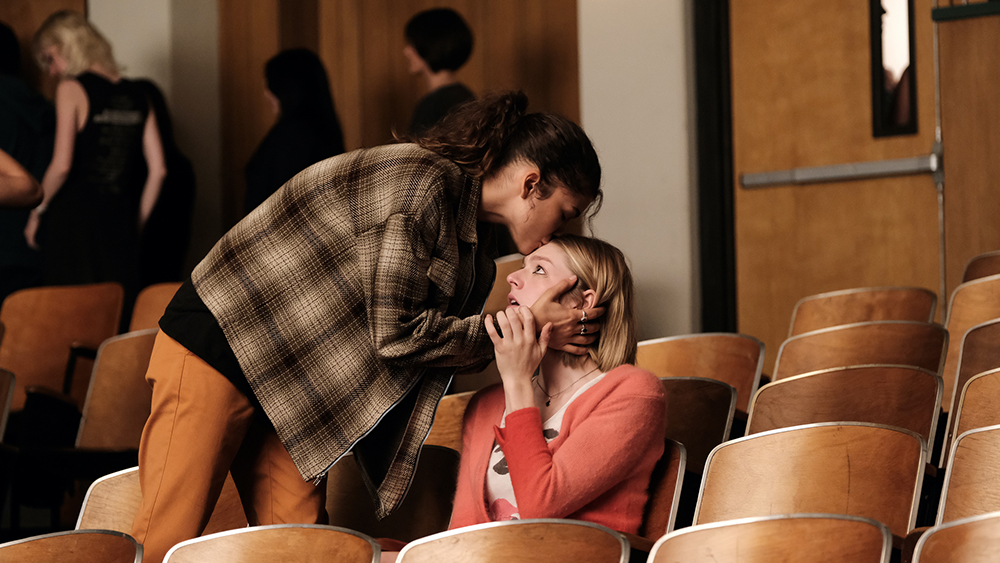
Prior to the massive uptick in Euphoria viewership, another TV show captured international attention and was tweeted about over two hundred million times — Game of Thrones. The epic fantasy show was everywhere you went, from the DVD aisles of Target to the dozens of tweets crowding your timeline. It became a popular culture juggernaut, and even if you’d never watched a single episode of the show, you knew the names of Dany and Jon Snow, you’d heard ‘winter is coming’ from someone other than a meteorologist, and you couldn’t bring up the topic of television without someone persuading you to check out Game of Thrones. It seemed like nothing could bring this showdown… until the final season aired. The finale, as well as the entirety of season eight, got torn apart by casual viewers and professional critics. As quickly as the show took over social media, posts about it disappeared equally fast.
The downfall of HBO’s most popular show, combined with growing social media buzz made this teen drama’s transition into the coveted weekly TV spot Game of Thrones easy and swift. Viewers were hungry for a new show to consume, and Euphoria swooped in on HBO Max in all its glittering, gritty glory.
The Sanctity Of Sunday Nights
Euphoria became a Sunday night staple for those on and offline. When Sunday night at nine p.m. rolled around, social media timelines became flooded with thoughts on Rue and Jules’s crumbling relationship, Cassie being a bad friend, Lexi and Fez’s blossoming romance, and more. In a time where we’ve become more isolated than ever, having an hour carved out specifically for a show—an hour that guarantees human interaction, albeit digitally—is both incredibly welcome and needed. With the holiday season over and many returning to the routine of work and school, one hour on Sunday became a social sanctuary for viewers.
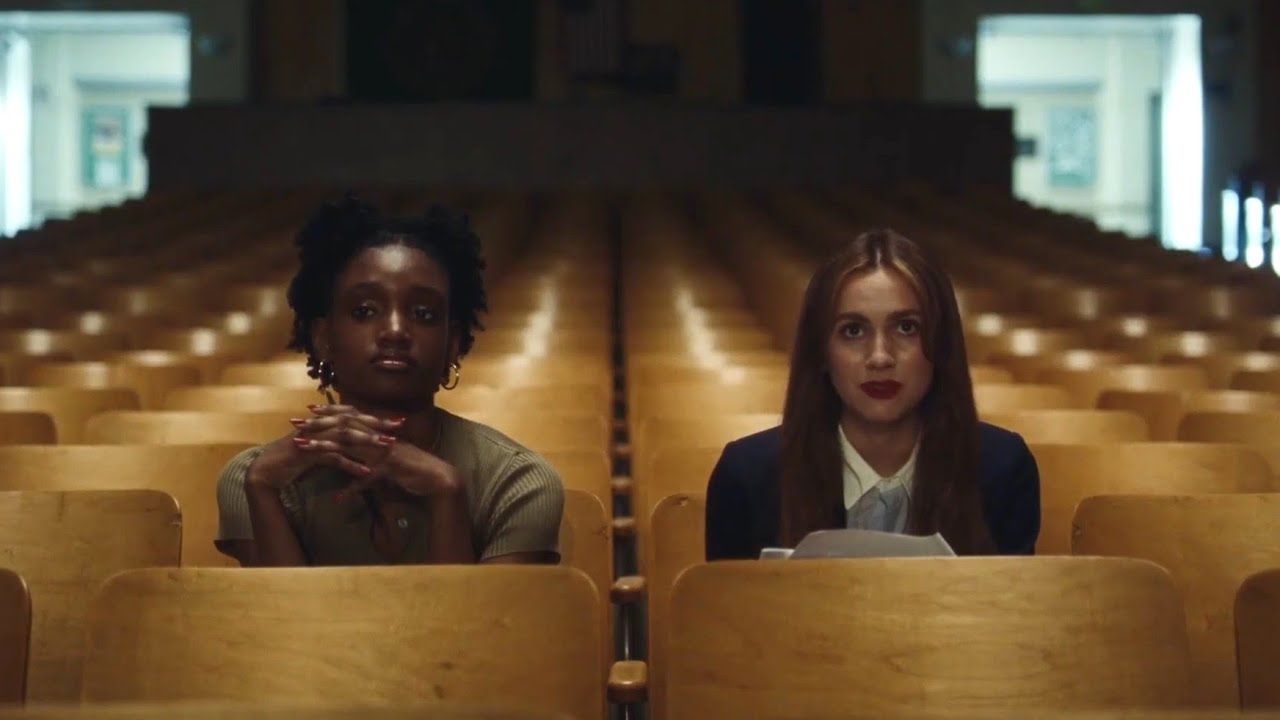
As clinical psychologist Sabrina Romanoff wrote in an email to The New York Times regarding Euphoria: “There is a parallel process between the characters they’re watching onscreen and viewers’ own willingness and ability to adapt to the pandemic…” Fans getting attached to characters is a cornerstone of any piece of media. Following their journeys and seeing how they progress—or in Cassie’s case, regress—is rewarding and comforting. Characters are the beating heart of any show, and if you ask a Euphoria fan who their favorite one is, you’ll probably get a different answer every time. Fancams, or short video edits of characters set to different songs, are sprinkled all over Twitter. Depending on who got the spotlight in each episode, every character got showered with love, hate, and a little bit of both on every social media site. The way fans express their love for certain characters has changed with time and social media sites. But through the decades, viewers connecting with specific players in the cast has stayed steady through all fandoms.
Even when fans weren’t happy about certain creative choices, such as Jules cheating on Rue or Kat’s minuscule amount of screen time, social media not only gives them an outlet to express such frustrations, but it helps validate them. After all, if hundreds of other fans agree that a character got poor writing or that a certain plotline could’ve played out differently, it makes one feel more assured about their feelings on the subject. In 2022, you don’t need to keep your opinions, questions, and concerns about a show you love to yourself. Talking about media online has not only become normalized, but widely encouraged. If none of your friends watch Euphoria, you can find hundreds of people who do. Communicating online with other fans can be intimidating at first, especially as you don’t always know who’s behind the screen. But being able to like posts or comment underneath a Tweet makes fan interactions accessible and relatively simple, whether the post is positive or negative.
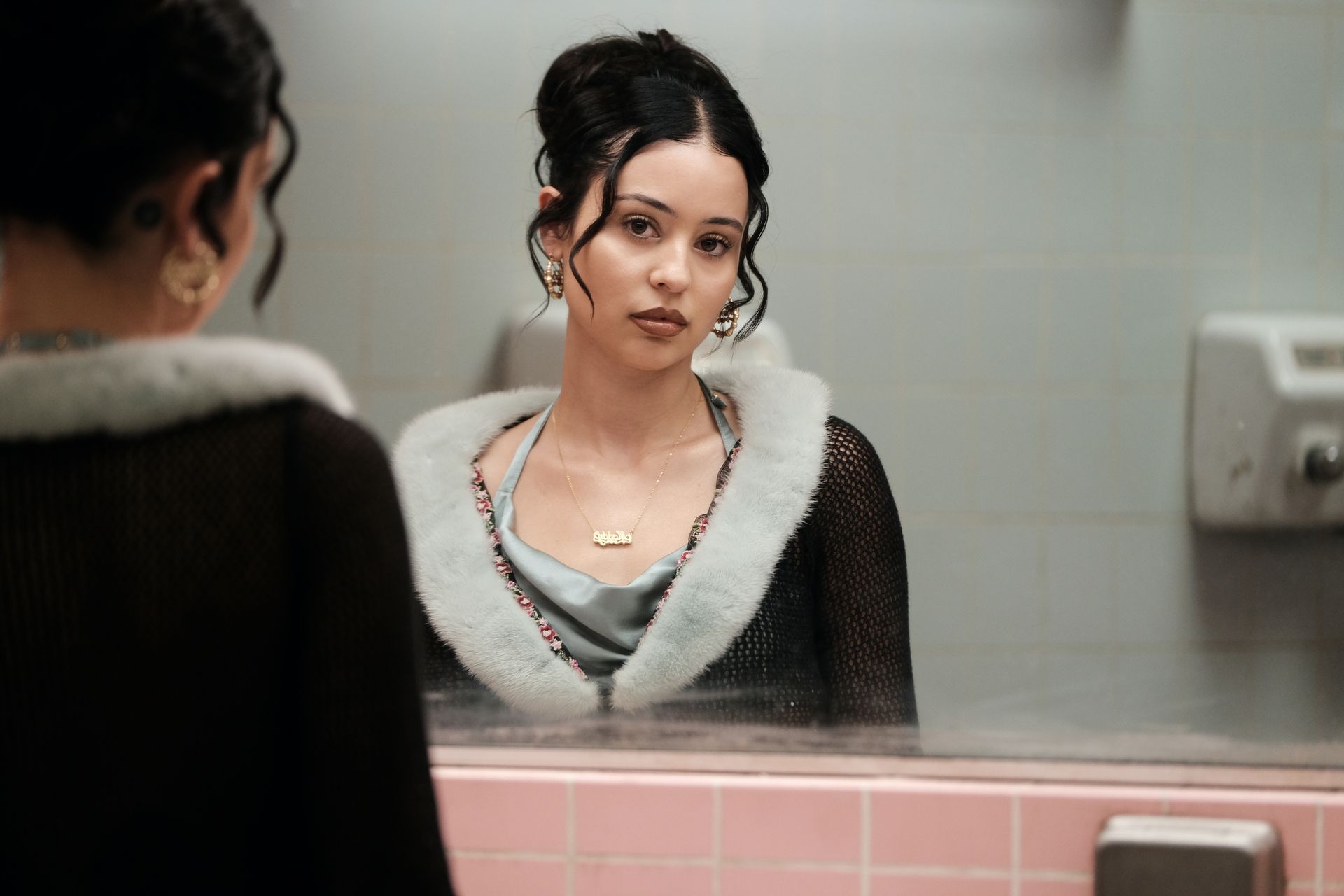
Sundays were Euphoria days and it didn’t matter whether or not you tuned in. It was impossible to not see at least one post about Cassie betraying Maddy or Sam Levinson, the show’s creator, writer, and director. Some folks have not watched a single second of the show, yet they know the major plot points of season two as well as who’s who in the cast. Those same folks might even wonder why this teen drama slid almost seamlessly into the space Game of Thrones once ruled with ease.
Why ‘Euphoria?’
Out of all the shows to take over pop culture and social media, it’s unsurprising it was Euphoria. For one, the first season received rave reviews and praise from the critics and its faithful viewers. The show holds an impressive 88% critic score and 86% audience score on Rotten Tomatoes. When any piece of media starts getting buzz, it’s hard to resist the urge to see what all the fuss is about. By not tuning in, it can feel like you’re missing out on a piece of pop culture everyone seems eager to get a taste of.
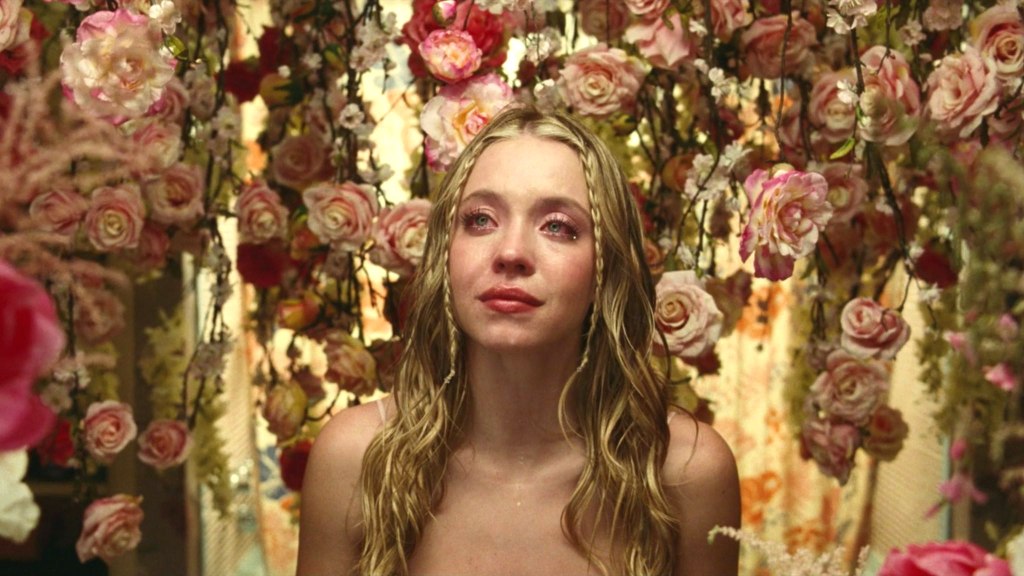
The show’s technical aspects were one such piece that received widespread acclaim. In every episode, there are always memorable shots, colorful and crisp cinematography, and an occasional splash of interesting camerawork. Even if you’ve never pressed play on an episode, you’ve probably come across the shost of Cassie Howard crying surrounded by roses, Rue and Jules bathed in purple light as their makeup glistens, or the close up of Nate Jacobs covered in blood and the teal glow of hospital lights. Season two, reportedly shot on Kodak’s Ektachrome and Vision 3 500T stock film, gives the modern show a slight vintage overlay and provides viewers with a unique visual style, especially younger viewers who haven’t been exposed to as many shows shot on analog film. The show’s signature makeup looks, comprised of colorful eyeshadow, gems and jewels around the eyes, and winged eyeliner, have lead to Euphoria-themed makeup tutorials on TikTok, YouTube, and Instagram. This makeup, along with the unique outfits worn by each character, inspired Euphoria-themes parties.
Another key component of Euphoria’s popularity lies in the content of the show itself. Euphoria isn’t the first, nor will it be the last, show to depict teen addiction, but to many, this depiction feels all too real. Sam Levinson himself has openly talked about the struggles he faced with drug addiction when he was a teenager, and some of the strongest and most well-received scenes involve Rue and her battles with it. Season two, episode five was widely praised by fans and reviewers, and that episode heavily focused on Rue hitting rock bottom in terms of her addiction. From yelling and insulting her ex-girlfriend, breaking down a door in her home, running all over town after breaking into people’s homes, and making her little sister sob, this episode shows how heartbreaking and horrific addiction can be for both the addict and their loved ones. Yet Rue is never framed as the villain in the narrative. She makes plenty of mistakes, but she’s still painted in a sympathetic light. We want her to get better. We don’t want to give up on her, and we don’t Rue to give up on herself either, which is both a testament to Zendaya’s incredible acting and Levinson’s writing.
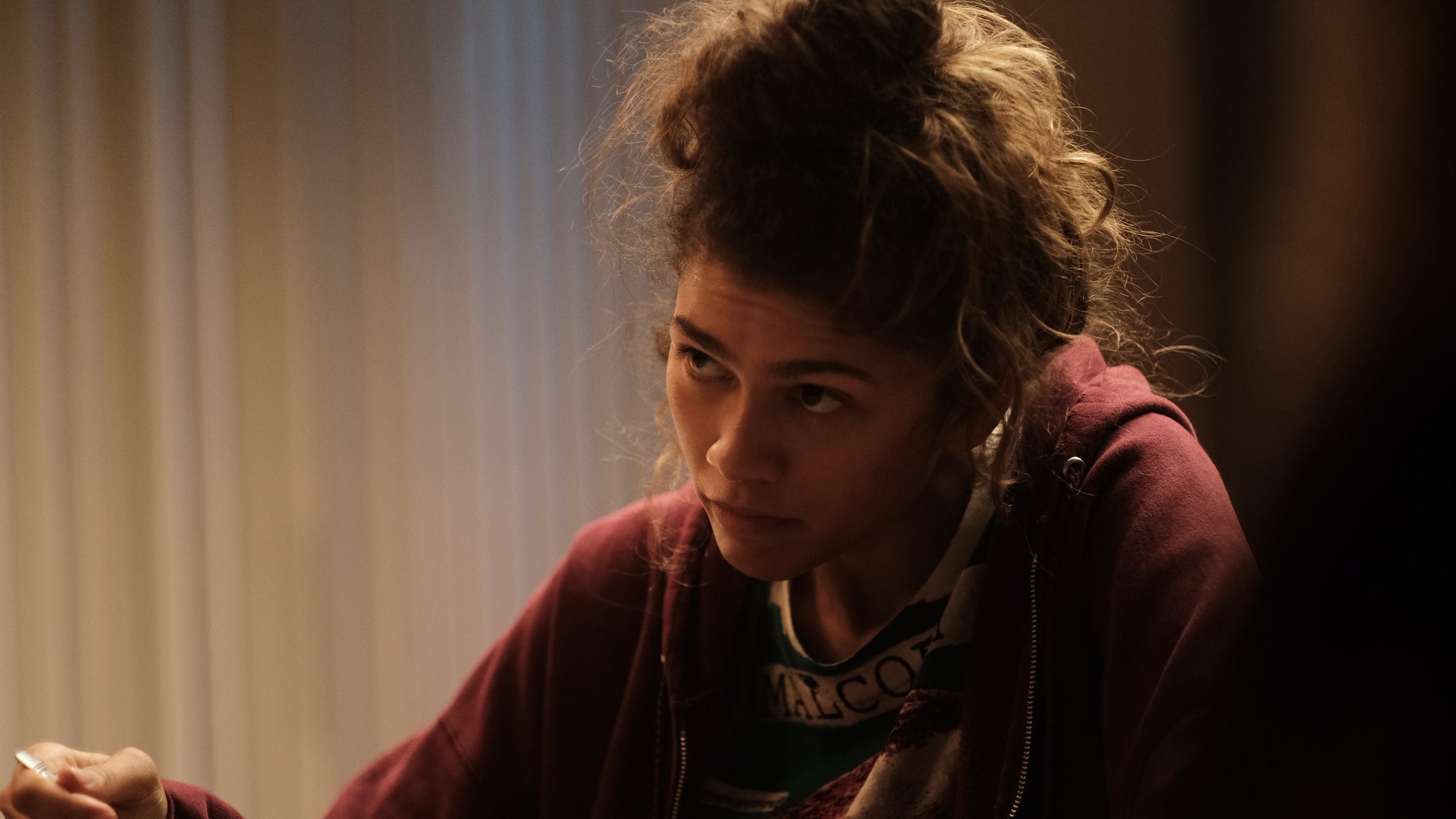
Sam Levinson and his scripts aren’t without their faults, but moments like these, when he’s writing from a place of personal experience, are written with care while still not pulling any punches. It’s opened the door for conversations about how we talk about and treat those struggling with addiction, and how they deserve help and treatment just as much as those struggling with other types of sickness. Upon hearing that the D.A.R.E. program claimed Euphoria “glamorized addiction,” thousands took to Twitter to voice their opposing opinion. Even conversations about things happening outside of the show’s narrative have connected people, which is a testament to both the power of technology and media, but also of human beings and their discussions.
‘Euphoria’ Nearly United The Internet
Besides bringing everyone to the same place at the same time on Sundays, Euphoria nearly managed to do the impossible —unite the internet. When it comes to internet discourse surrounding different forms of media, there are always going to be disagreements. Dip your toes into any fandom and it will take less than a minute to find an argument about characters or plot. And while disagreements have certainly happened among social media users about Euphoria, many comments under posts contained the rare phrases ‘I agree’ and ‘you’re right.’ Whether it was feeling sympathy for Maddy upon Nate pulling a gun on her or Kat and Jules deserving more time on screen than what they got, many fans came together to voice their thoughts that often overlapped with the ones of total strangers. Many were frustrated by Nate’s vile father Cal receiving increased screen time, uncomfortable with the amount of nudity amongst the teen characters (though their actors were all adults), and eager to see Maddy confront Cassie in the season finale.
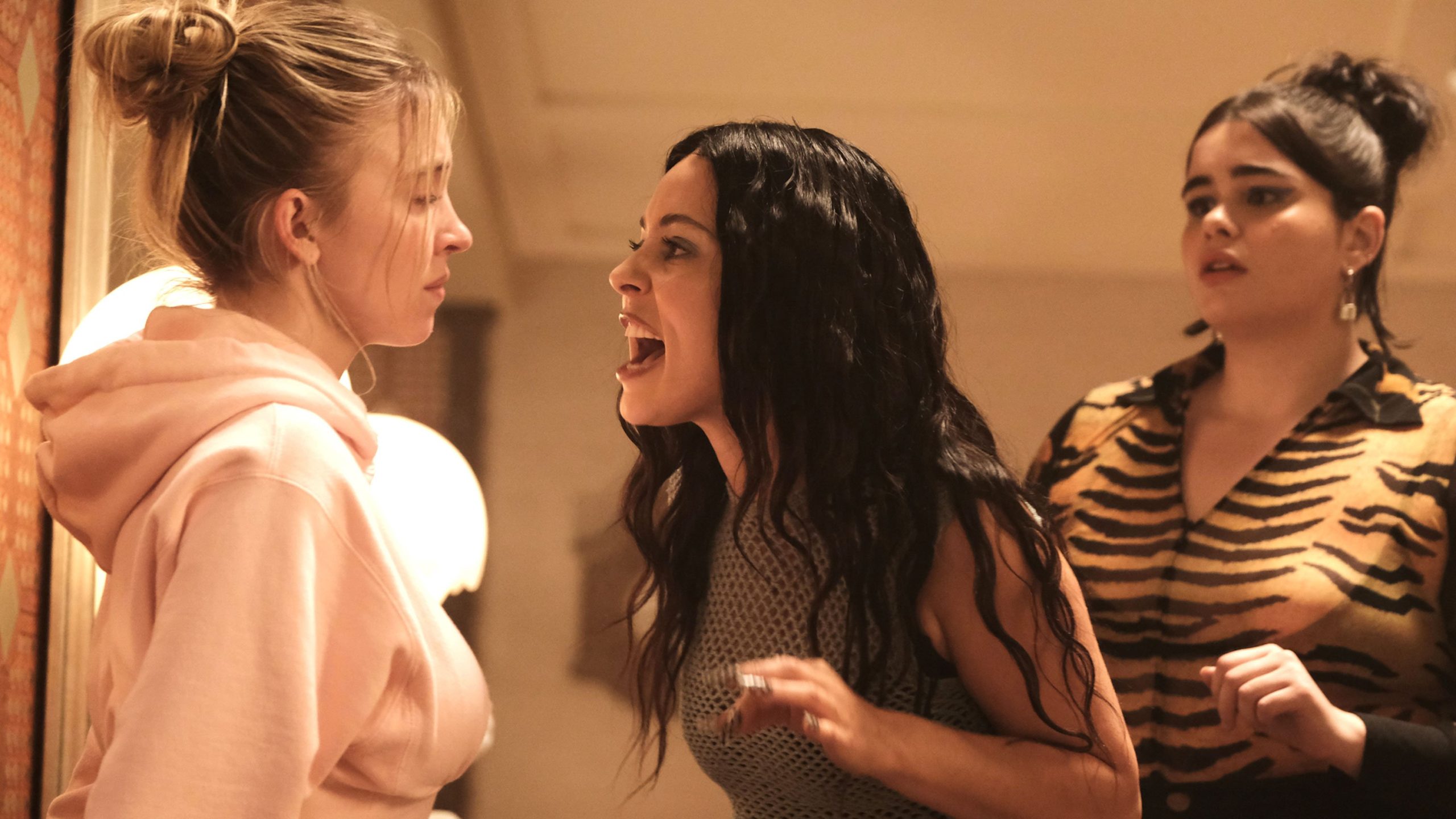
Of course, not everyone in the fandom shared these opinions. But tweets and posts featuring these sentiments, among others, racked up thousands of likes and comments, affirming just how many people were on the same page or even reconsidering their original opinions. Not only were people watching the show together, but they were analyzing and dissecting it together as well. Communal watching isn’t just simultaneous viewing of the same thing; it’s unpacking what you just saw on screen with the help of other audience members, even if you’ve never met them before. Even with the discourses swirling around the internet, one thing can’t be denied; a massive amount of people were all talking about the same thing. Positive, negative, or mixed reactions almost didn’t matter. What did matter was the fact that a singular show could connect so many people and root itself so deeply into one’s life that Euphoria became more than a show, it was an experience.
Looking Ahead To Season Three
The third season of Euphoria is expected to hit HBO Max in 2024, but no official release date has been confirmed. The renewal announcement came in February 2022, well before season two had even finished airing. With so many plot threads left untied (What’s going to happen to Fez? Will Rue find out about Jules and Elliot cheating? Will she stay sober? And what about the $10,000 she owes to Laurie?), speculation and anticipation abound. While it’s going to be a long time before the next season hits screens, a larger question lingers; can Euphoria sustain this massive weekly communal watching culture it’s helped cultivate?
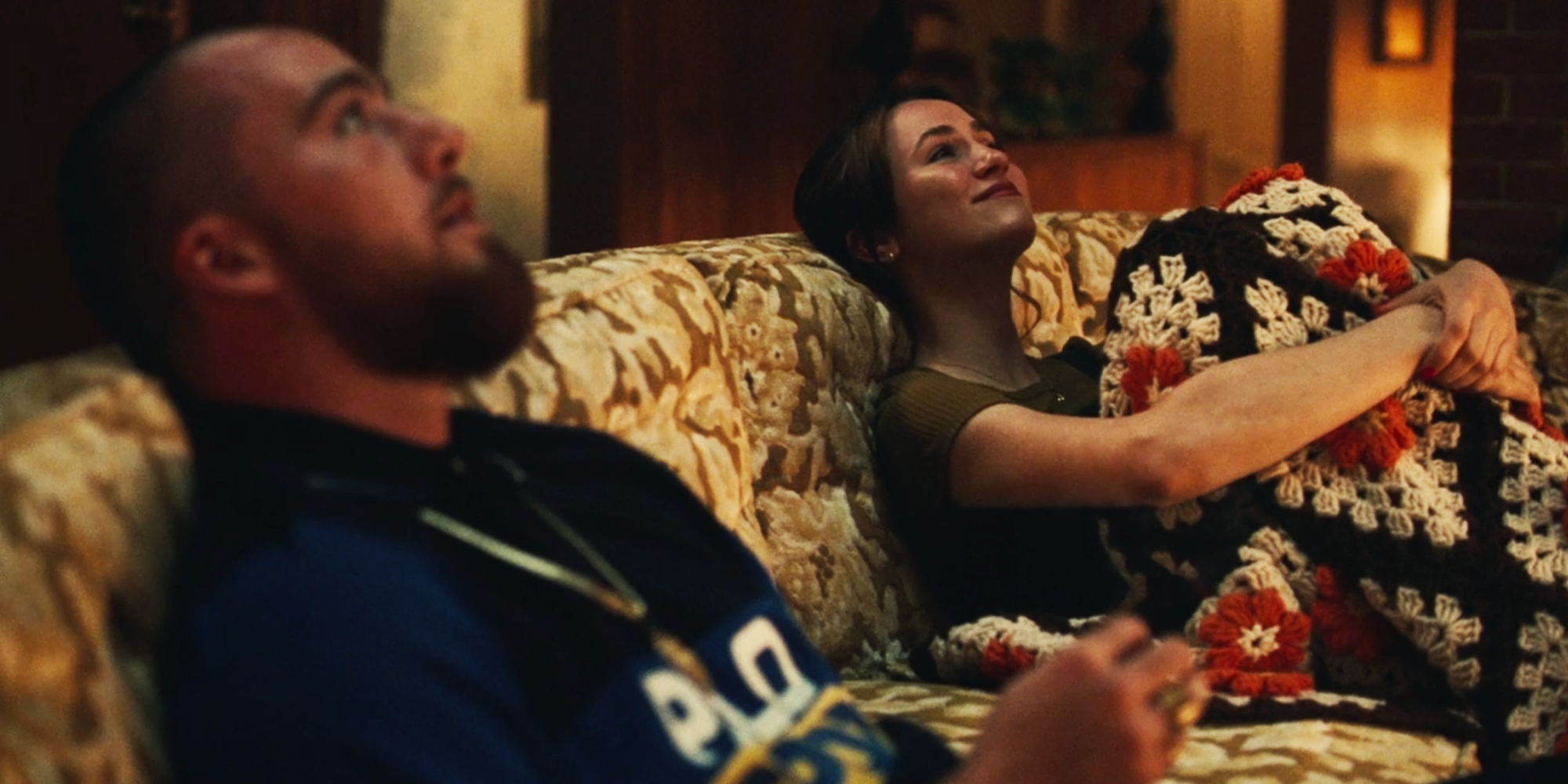
After all, we’re currently in the golden age of television. Dozens of hit shows have flooded streaming services, and with more and more coming out every day, we have more choices than ever as viewers. Will Euphoria get lost in the shuffle, or will the popularity of the show refuse to wane? Only time will tell, but if season two’s viewership — and a likely second Emmy nomination for Zendaya on the horizon — are any indication, Euphoria will have no problems getting people to come back Sundays at nine p.m.
